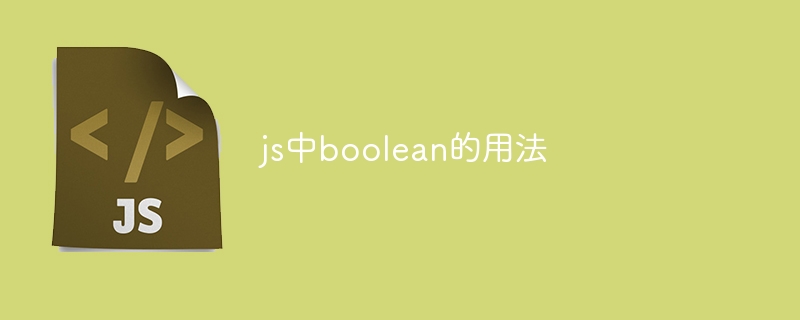
The Boolean type in JavaScript represents true and false values, and the value is true or false. Can be created using literals or the Boolean() constructor for use in comparisons and conditional statements. Logical operators (AND, OR, NOT) operate on Boolean values. Note that empty strings, null, and undefined are considered false, while non-zero numbers are considered true. Proper use of the Boolean type is critical to writing robust JavaScript code.

Usage of Boolean in JavaScript
The Boolean type in JavaScript is used to represent true and false values. It has only two possible values: true and false.
Creating Boolean values
Boolean values can be created in the following ways:
true or false
Boolean() Constructor: It converts any value to the corresponding Boolean value (for example, Boolean(0) is false, Boolean("hello") is true)Comparison and condition
Boolean values are mainly used for comparisons and conditions:
== or === operator comparison Boolean value (for example, true == false returns false) if, Use Boolean values to control code flow in conditional statements such as while and for (for example, if (condition) { ... }) Logical operators
JavaScript also provides the following logical operators for operating Boolean values:
true only if both operands are true (e.g., true && true is true)true only when either operand is true (for example, false || true is true) true becomes false , false becomes true (for example, !true becomes false) Note
""), null and undefined are considered is false. true, even if it is negative. Boolean() constructor, the results may be different than expected because the constructor changes certain values (such as 0 and " ") is converted to true. Understanding the usage of the Boolean type is critical to writing robust and readable JavaScript code.
The above is the detailed content of Usage of boolean in js. For more information, please follow other related articles on the PHP Chinese website!




